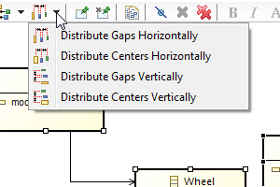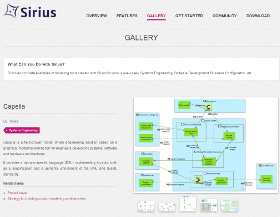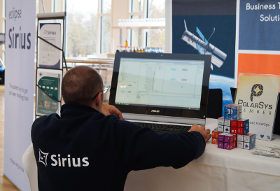Sirius 2.0: performance and user experience
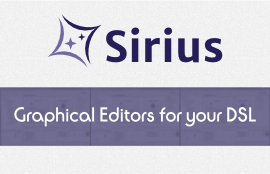
This summer was studious for the Sirius team, working on the Open Source solution to create custom modeling workbenches. Just a few months after its first major release in June, here is Sirius 2.0.
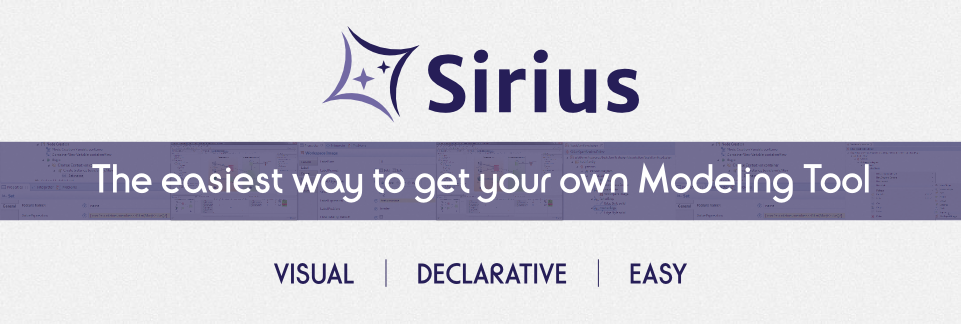
Sirius 2.0: performance and user experience
For this release, a special effort was made on the performance and scalability. With test cases composed of more than 500’000 elements, now Sirius is more robust and faster to address your challenges.
On the user experience side, more than twenty ergonomic improvements have been made to ease the edition of diagrams.
Finally, several new API are now available to execute Sirius in headless mode. As an example, this will help you to programmatically initialize or update diagrams.
To discover the full list of enhancements, just take a look at the Sirius 2.0 New & Noteworthy.
Concrete examples gallery
On the occasion of this new version, we have launched a Gallery page on the Sirius web site. Here you will find many noteworthy examples already implemented.
From the Android applications modeler to a full Systems Engineering workbench, including the configuration of home automation systems, you will discover a wide range of use cases using Sirius in many domains.
EclipseCon Europe 2014
Good timing: Obeo is at EclipseCon Europe this week to show you the new features of Sirius 2.0.
On Wednesday October 29, two presentations will complete your knowledge on this project: advanced usage of Sirius and how to use it with Xtext. They will be followed by Thales presenting Capella, its Systems Engineering workbench, one of the most advanced implementation of the Sirius technology. This day will end with a practice session with the Obeo team.
Beyond Sirius, Obeo will also present several talks covering our Eclipse knowledge:
- Agile projects management with Agile Planner
- Versions management with Egit
- Advanced plug-ins development
- Complex systems management with PolarSys
If you’re attending the conference, please join us at our booth to exchange on the best way to apply Sirius to your working context or, quite simply, for a custom demonstration.



